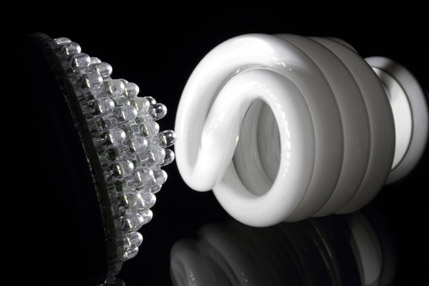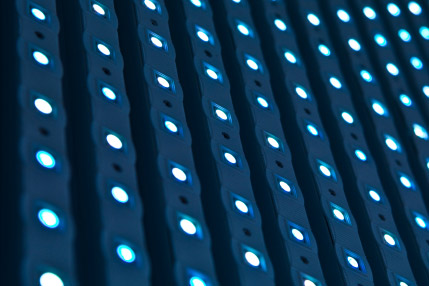Display Technology
After you've decided on the size of HDTV you need, you'll want to decide whether you want a plasma or LCD screen. Plasma panels use an emissive technology, which means they generate their own light, much like a fluorescent lamp. LCD panels do not create light, and require a bright backlight in order to create an image.
Plasma screens tend to cost less than LCD screens of equivalent size, so some people choose plasma to save money. Plasma HDTVs generally don’t have problems with motion blur that can occur with some lower-priced LCD HDTVs. On the other hand, plasmas typically aren’t as bright as LCDs, so the image can become washed out under bright lighting. To get maximum contrast from a plasma screen, you need to be able to darken the room. If you need an HDTV for a room that's brightly lit, you might be happier with an LCD model.

Fluorescent versus LED
If you go the LCD route, you can choose between two types of backlight: fluorescent and LED. Fluorescent light tubes, a reliable older technology, show up in lower-priced models. If you're not on a tight budget, consider the newer alternative: LED backlight. This energy-efficient solid-state technology doesn’t pose the environmental waste problems of fluorescent technology.

LED Configuration
LEDs can be arranged in a matrix either directly behind the LCD panel or along the edges of the panel. The first option, called dynamic brightness, gives you better contrast. Brightness can be turned up or down in blocks and can be used to adjust the amount of light for separate regions of the image. This control may make dark areas look better, and since the backlight can be turned off completely behind black areas, you'll get much better contrast. The second option, LED backlighting arranged along the edge of the LCD panel, results in a thin form factor.



